Search Images
Browse Content (p. 1341)
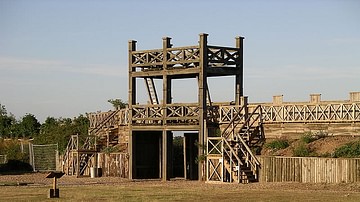
Image
Roman Fort, Lunt
A reconstruction of the gate of the Roman fort at Lunt (Coventry, UK)
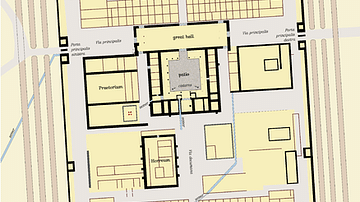
Image
Plan of a Typical Roman Fort
A plan of the layout of a typical Roman fort. Buildings included barracks, accommodation for the commanding officer (praetorium), granaries (horrea), workshops (fabricae), a hospital (valetudinarium), a cistern, and in the case of larger...

Image
Heka
In Egypt, the patron god of magic and medicine was Heka. He is often depicted as a man carrying a staff and knife, and ancient Egyptian doctors were called Priests of Heka. Magic was as integral a part of medical practice in ancient Egypt...
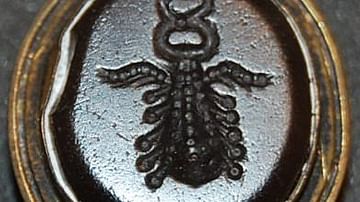
Image
Caduceus
Sard gem engraved with a winged caduceus combined with a club. Heka, the patron god of magic and medicine in Egypt was said to have killed two serpents and entwined them on a staff as a symbol of his power; this symbol of the medical arts...
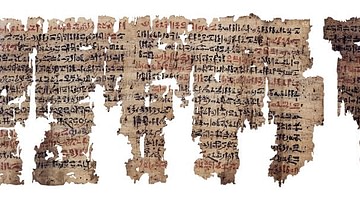
Image
The London Medical Papyrus
The London Medical Papyrus (c. 1629 BCE) is among the oldest medical texts in the world.
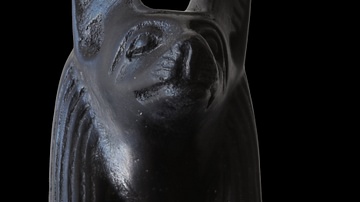
Image
Anubis God of Lost Souls
Anubis is the Egyptian god of mummification and the afterlife as well as the patron god of lost souls and the helpless. Modern reproduction.
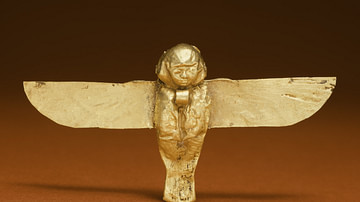
Image
Egyptian Ba Amulet to Ward Off Evil
Egyptian Ba amulet. The ba was a human-headed bird aspect of the soul, which could speed between earth and the heavens. Gold and stone inlay. 3rd century BCE.
Walters Art Museum, Baltimore.
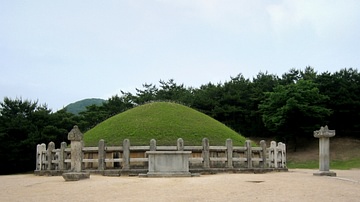
Image
Tomb of Kim Yu-sin, Gyeongju
The tomb of Silla general Kim Yu-sin (aka Kim Yushin, 595-673 CE) at Gyeongju, South Korea.
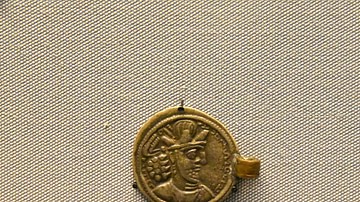
Image
Sassanian Coin Pendant
The coin was probably turned into jewellery after circulating for some time. The fact that it is was made from silver (and gold) suggests that coin jewellery was popular among elite and wealthy people. Silver drachm coin of the Sassanian...
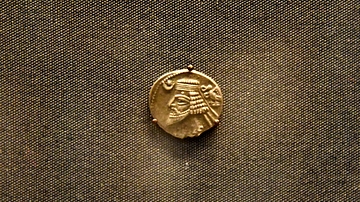
Image
Silver Coin of Farhad IV
The Parthian "King of Kings " Farhad (Phraates) IV, reigned 38-2 BCE, is shown wearing a royal headband (diadem). Divine symbols of the moon crescent and star, and an eagle holding a royal headband, indicate that the king is the rightful...